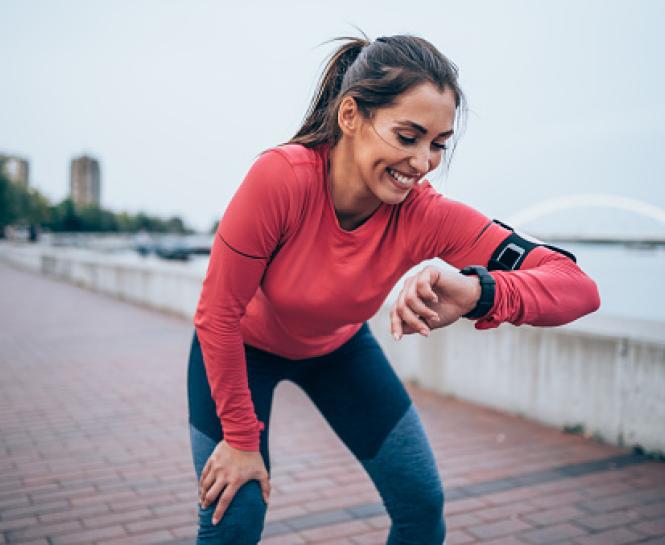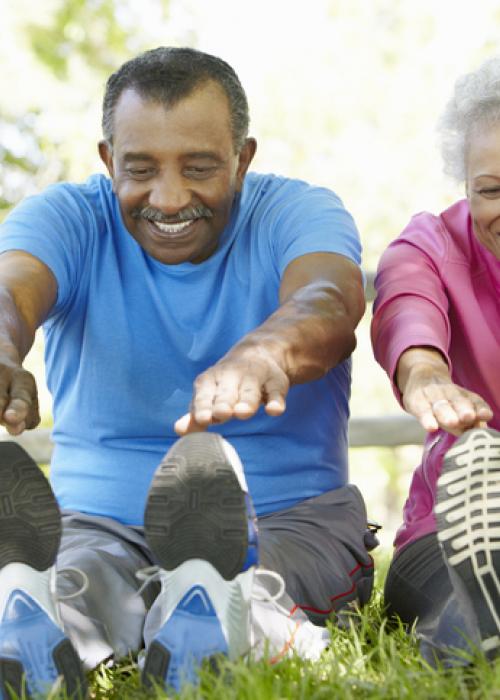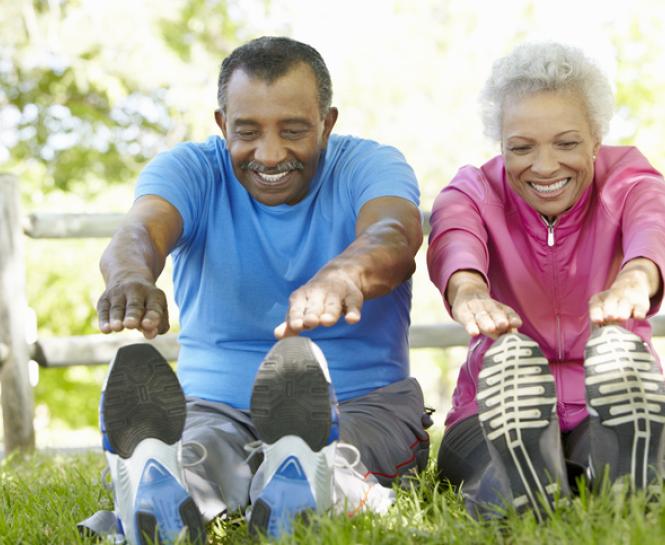Will walking lower my blood pressure?
If you have high blood pressure (hypertension), your physician may recommend dietary changes or medications to keep your condition within a safe range. Exercise is also an effective way to lower your blood pressure.
Brisk walking is an aerobic exercise that works out your heart and cardiovascular system. When your heart pumps faster, you take in more oxygen, and your body sends more blood to your muscles. Regular aerobic exercise increases your body’s endurance and overall physical fitness. Research shows a consistent walking routine can lower blood pressure.
What is blood pressure?
Blood pressure is the force of blood within your arteries, the blood vessels that carry blood away from your heart. If you have high blood pressure, your heart must work harder to pump blood.
Doctors measure blood pressure in millimeters of mercury (mmHg). Your physician records two numbers during a blood pressure reading: systolic pressure (top number) and diastolic pressure (bottom number). The American Heart Association considers a reading of 120/80 mmHg or lower as normal. You have Stage 1 hypertension if your reading is between 130/80 mmHg and 139/89 mmHg. Stage 2 hypertension occurs if the reading is higher than 140/90 mmHg.
Learn more about blood pressure readings.
How does exercise help lower blood pressure?
Regular physical activity lowers your blood pressure in three ways:
- It strengthens your heart muscle so it pumps blood more efficiently.
- It helps keep your blood vessels flexible so blood can flow more easily
- It enables you to maintain a healthy weight to keep blood pressure in check. Losing even five pounds can decrease your blood pressure if you are overweight.
How much should I walk?
Aim for 150 minutes per week or 30 minutes five days a week. Walk briskly, ideally between three and four miles per hour. A stroll is not enough to get your heart pumping. You can introduce more vigorous exercises like jogging or hiking as you build up your endurance and are medically able.
How do I get started?
Check with your physician before starting any exercise program.
Start slowly and set realistic daily and weekly goals if you are healthy enough to walk to lower your blood pressure. Wear supportive shoes and maintain good posture while you are walking. Stop if you feel pain or discomfort in your chest, neck, jaw or arm or become severely short of breath or dizzy. These can indicate possible heart problems.
You should also check your heart rate during exercise to ensure you’re moving enough for maximum benefit. Check your heart rate using these steps:
- Stop walking.
- Using your index and second fingers, locate your pulse on your neck or the thumb side of your wrist.
- Count your pulse for 15 seconds.
- Multiply the number by four to determine the number of heartbeats per minute.
Your heart rate can also be monitored by a wearable fitness tracker.
While you will not see results overnight, you can expect to see progress in weeks or months if you commit to a consistent walking routine to reduce blood pressure.







